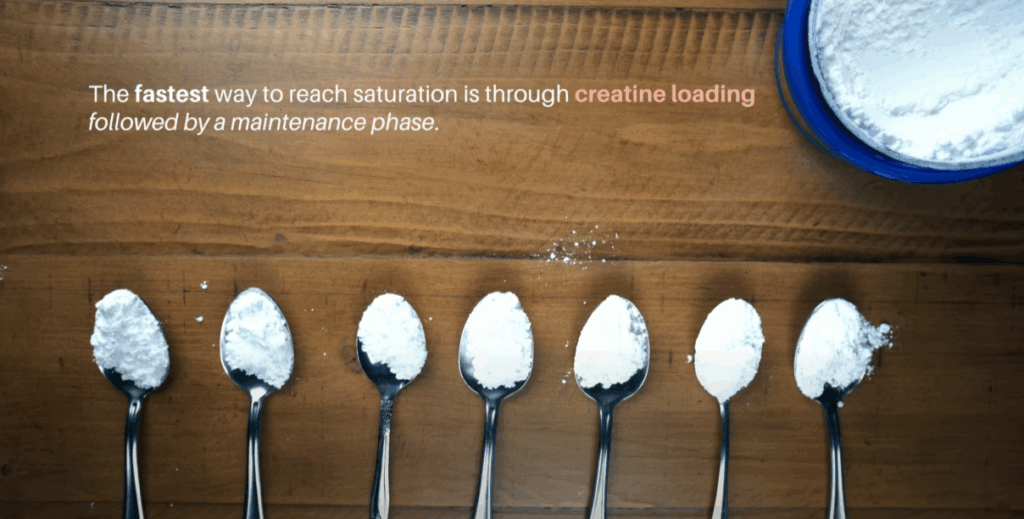In a world full of overhyped supplements and exaggerated claims, it’s easy to get jaded by the sports nutrition industry. Many products promise the world and deliver very little—often at an inflated price. Fortunately, there are a few exceptions that not only live up to their reputation but are also backed by solid science. One standout among them is creatine monohydrate—a supplement that continues to dominate research studies and gym conversations alike.
With more than 700 human-based studies investigating its effects, creatine remains the most studied and well-supported supplement for performance, strength, and body composition. Let’s break down what creatine actually does, how it works, why it’s safe, and how to use it properly for best results.

Why Creatine Stands Apart from the Crowd
Two of the biggest criticisms facing most supplements are:
- False or misleading claims
- Overpriced products with minimal benefit
Creatine monohydrate is one of the few supplements that avoids both traps. While some companies may market “fancier” versions like creatine HCl or creatine ethyl ester, these variants are often more expensive and less well-studied. In contrast, basic creatine monohydrate is cost-effective, proven, and reliable.
To put things in perspective, you’d need to eat nearly a kilogram of raw beef just to get the equivalent amount of creatine found in a single teaspoon of powdered creatine. This makes supplementation not only effective but also extremely practical.
What Is Creatine and How Does It Work?
Creatine is a naturally occurring compound formed from three amino acids—arginine, glycine, and methionine. It’s produced in small amounts by your liver and kidneys and is also found in red meat and seafood. However, the dietary intake from food alone is relatively low, especially after cooking, which reduces creatine content even further.
To understand how creatine works, we first need to look at ATP (adenosine triphosphate)—the molecule your body uses to fuel every muscular contraction.
The body has three main energy systems:
- Aerobic system (slow ATP production from fat and glucose; used for long-duration activity)
- Anaerobic glycolysis (moderate-speed ATP from glucose; used for mid-duration intense work)
- Phosphagen system (fastest ATP production using creatine phosphate; used for explosive efforts)
When you perform a high-intensity activity like sprinting or heavy lifting, your body turns to the phosphagen system, which relies on stored creatine phosphate in your muscles to rapidly regenerate ATP. By increasing your muscle’s creatine stores, you’re essentially improving your capacity to perform short bursts of high-effort activity—such as lifting heavier weights or getting more reps.

Saturation: Why Supplementation Is Key
Even on a high-protein diet, your muscles are likely only 60–80% saturated with creatine. Supplementing can push that number closer to 100%, enhancing your performance capacity.
There are two ways to reach full saturation:
- Loading phase: 20–25 grams per day (split into 4–5 doses) for 5–7 days, followed by a maintenance dose of 3–5 grams daily.
- Slow and steady: Skip the loading phase and take 3–5 grams per day from the start. This method will reach full saturation in about 3–4 weeks.
Both approaches work, but if you’re looking for quicker results—especially if you’re new to creatine or returning after a long break—loading is more efficient.
When Should You Take Creatine?
While timing isn’t as critical as consistency, some studies suggest taking creatine after your workout might provide a slight edge in lean mass and strength gains. However, other research shows that total daily intake matters far more than the specific timing. The takeaway: pick a time that works for your routine and stick with it daily.
Proven Benefits of Creatine Supplementation
Decades of studies have consistently shown that creatine improves:
- Maximal strength and power output (by 5–15%)
- Muscle endurance
- Training volume
- Lean body mass gains
One standout study found that trained lifters who supplemented with creatine were able to perform 30% more reps across five sets to failure. That extra training volume can lead to significantly more muscle over time, due to the well-established link between volume and hypertrophy.
Addressing the Common Concerns
1. Water Retention
Creatine increases intramuscular water, meaning water is stored inside the muscle—not under the skin. This can actually make your muscles appear fuller and more defined, not bloated.
2. “Non-Responders”
About 20–30% of people may not see significant benefits. This is more common in individuals who consume a lot of red meat or older adults. Still, the vast majority experience notable improvements.
3. Cycling On and Off
There’s no need to cycle creatine. The body doesn’t build a tolerance, and long-term studies (up to 21 months) show no harmful effects from continuous use in healthy individuals.
4. Caffeine Interaction
A small, older study raised questions about creatine’s effectiveness when combined with caffeine. But later research, with better methodology and more participants, found no issues. In fact, some studies suggest the combo may even offer synergistic performance benefits.
5. Hair Loss Concerns
One study on rugby players found increased DHT (a hormone linked to hair loss) after creatine use. However, this hasn’t been replicated, and weight training itself also raises DHT. If you’re genetically predisposed to male pattern baldness, you may want to monitor this or speak with your doctor—especially if combining creatine with treatments like finasteride.

The Bottom Line: Creatine Is a Safe, Smart Investment
In an industry flooded with flashy marketing and overpriced powders, creatine monohydrate stands as a beacon of legitimacy. It’s affordable, safe, and backed by one of the largest bodies of research in the supplement world.
If you’re looking to:
- Improve strength and power,
- Increase training volume,
- Enhance muscle growth,
- Or simply get more out of your workouts…
…then creatine is a no-brainer.
Just remember: stick to pure creatine monohydrate, take it consistently, drink enough water, and pair it with a solid training program. Over time, your results will speak for themselves.



